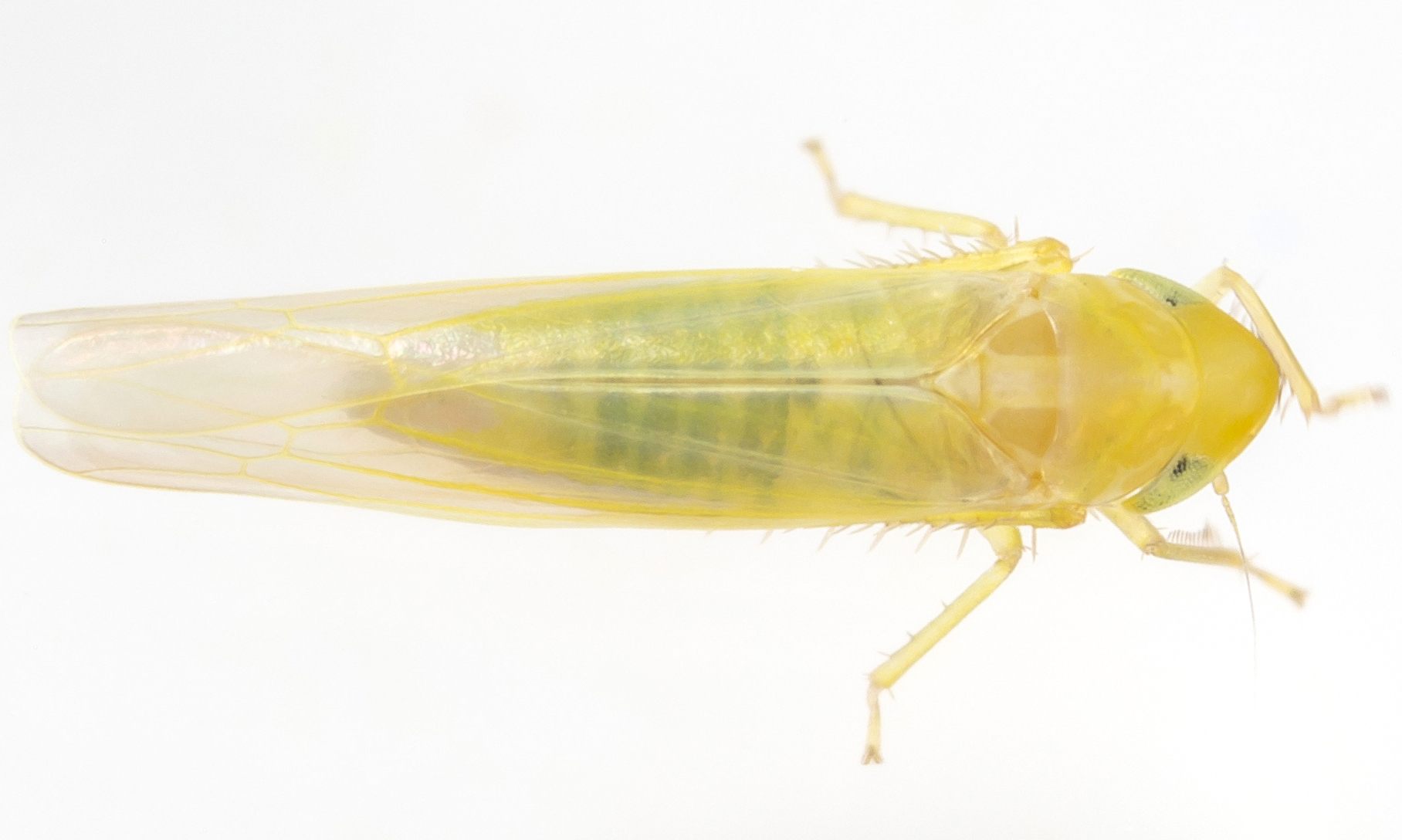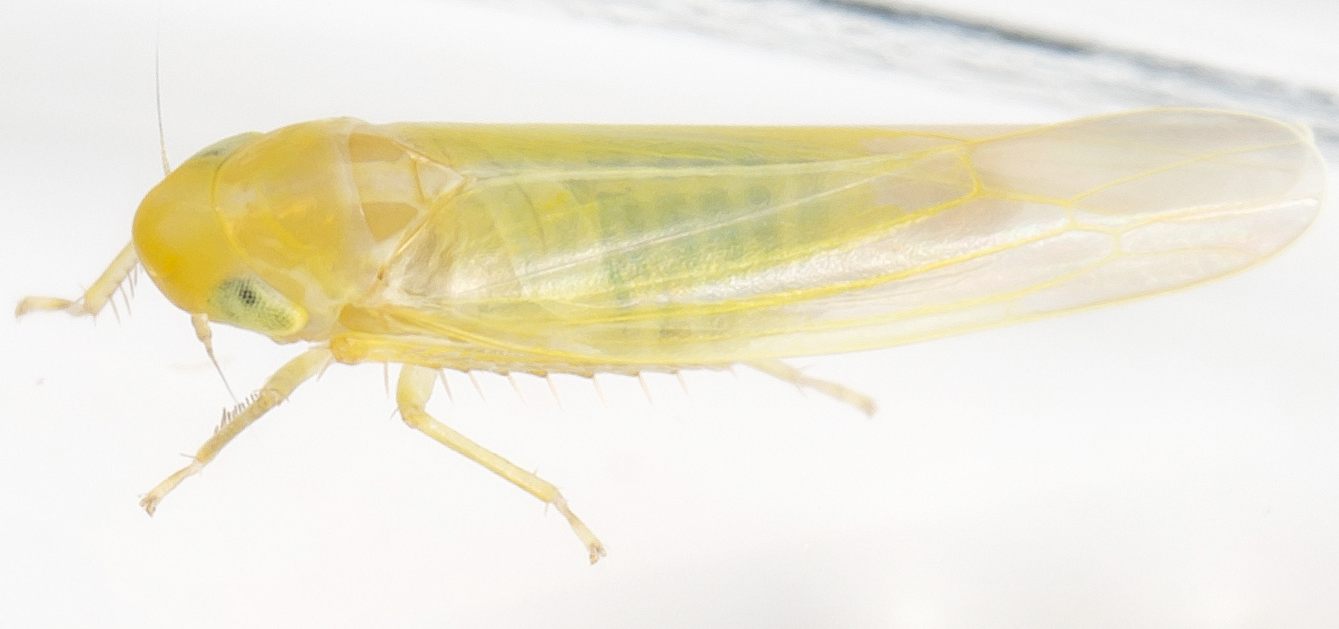Species Photo Gallery for Forcipata loca No Common Name 31 |
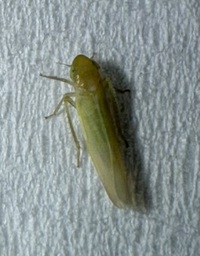 | Photo by: Marilyn Westphal
Henderson Co.
Comment: | 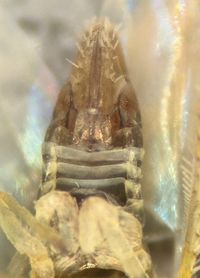 | Photo by: Marilyn Westphal
Henderson Co.
Comment: |
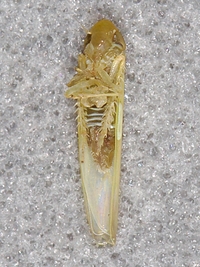 | Photo by: Marilyn Westphal
Henderson Co.
Comment: |  | Photo by: Marilyn Westphal
Henderson Co.
Comment: |
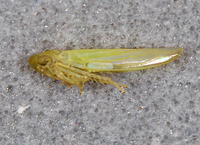 | Photo by: Marilyn Westphal
Henderson Co.
Comment: | 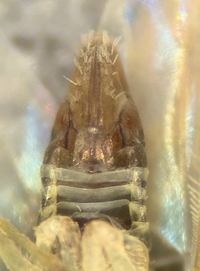 | Photo by: Marilyn Westphal
Henderson Co.
Comment: female |
 | Photo by: Ken Kneidel
Mecklenburg Co.
Comment: 3.6 mm | 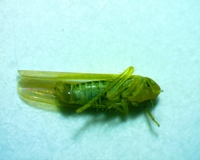 | Photo by: Ken Kneidel
Mecklenburg Co.
Comment: 3.6 mm |
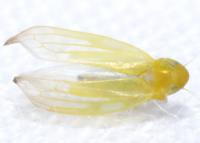 | Photo by: Kyle Kittelberger
Wake Co.
Comment: male; 3.2 mm |  | Photo by: Kyle Kittelberger
Wake Co.
Comment: male; 3.2 mm |
 | Photo by: Kyle Kittelberger
Wake Co.
Comment: females; 3.5 mm (#1), 3.6 mm (#2) |  | Photo by: Kyle Kittelberger
Wake Co.
Comment: females; 3.5 mm (#1), 3.6 mm (#2) |
 | Photo by: Kyle Kittelberger
Wake Co.
Comment: females; 3.5 mm |  | Photo by: Kyle Kittelberger
Wake Co.
Comment: females; 3.5 mm |
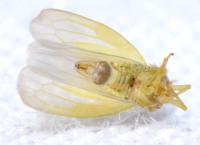 | Photo by: Kyle Kittelberger
Wake Co.
Comment: male; 3.5 mm |  | Photo by: Kyle Kittelberger
Wake Co.
Comment: male; 3.5 mm |
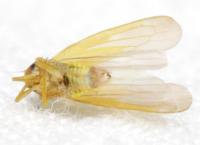 | Photo by: Kyle Kittelberger, Brian Bockhahn
Transylvania Co.
Comment: male; 3.2 mm |  | Photo by: Kyle Kittelberger, Brian Bockhahn
Transylvania Co.
Comment: male; 3.2 mm |
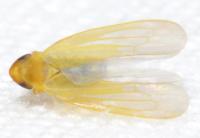 | Photo by: Kyle Kittelberger, Brian Bockhahn
Transylvania Co.
Comment: male; 3.2 mm |  | Photo by: Kyle Kittelberger, Brian Bockhahn
Transylvania Co.
Comment: male; 3.2 mm |
 | Photo by: John Rosenfeld
Out Of State Co.
Comment: male | 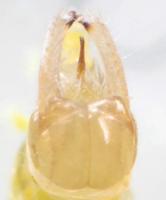 | Photo by: John Rosenfeld
Out Of State Co.
Comment: male |
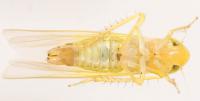 | Photo by: John Rosenfeld
Out Of State Co.
Comment: male |  | Photo by: John Rosenfeld
Out Of State Co.
Comment: male |
 | Photo by: John Rosenfeld
Out Of State Co.
Comment: female | 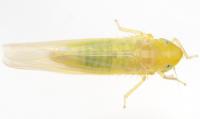 | Photo by: John Rosenfeld
Out Of State Co.
Comment: female |
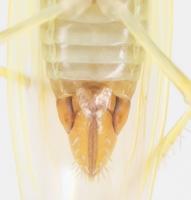 | Photo by: John Rosenfeld
Out Of State Co.
Comment: female |  | Photo by: John Rosenfeld
Out Of State Co.
Comment: female |
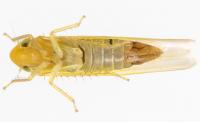 | Photo by: John Rosenfeld
Out Of State Co.
Comment: female | 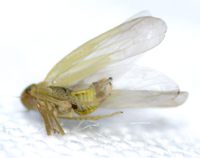 | Photo by: Kyle Kittelberger
Wake Co.
Comment: near mixed hardwood forest habitat; ID confirmed by C. Dietrich via specimen |
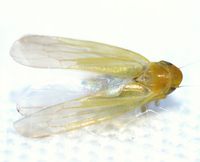 | Photo by: Kyle Kittelberger
Wake Co.
Comment: near mixed hardwood forest habitat; ID confirmed by C. Dietrich via specimen |

 »
»